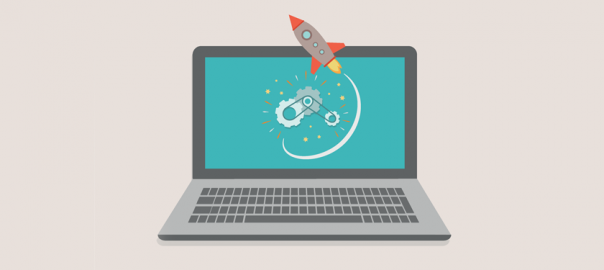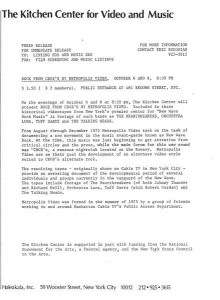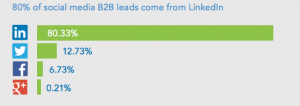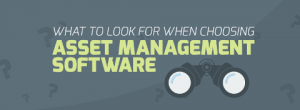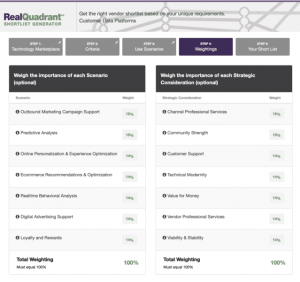Adoption is a broad concept and it differs for all businesses. Broadly, adoption is what happens between the end of onboarding and the beginning of the renewal phase. If during that lifecycle phase the customer adopted your product, adoption ends in renewal or expansion, if they didn’t, it ends in churn. Once you’ve renewed or closed an upsell or cross-sell, adoption starts over again.
Adoption is a broad concept and it differs for all businesses. Broadly, adoption is what happens between the end of onboarding and the beginning of the renewal phase. If during that lifecycle phase the customer adopted your product, adoption ends in renewal or expansion, if they didn’t, it ends in churn. Once you’ve renewed or closed an upsell or cross-sell, adoption starts over again.
First things first, mapping your ideal product adoption phase:
By nature, SaaS businesses have access to incredible amounts of customer data. This comes in handy when mapping your customer lifecycle. At first, drawing an ideal scenario based on hypotheses will work, but for improved visibility into the customer lifecycle, you need to learn from evidence. When mapping the adoption profile of your ideal customer, make sure it’s informed by what you know indicates high adoption. Look back at successful renewals and identify what their journey looked like. Similarly, look at churners’ path from the sales handoff, and identify where things went wrong.
Once you’ve mapped an ideal adoption phase, it can still be difficult to know if your team is thinking about adoption the right way. Here are 5 questions to keep in mind when trying to understand whether or not your customer is on track to reaching success.
Frequency of usage: “Is the customer relying on our product in their daily routine?”
A customer who’s successfully adopting your product will typically rely on your solution at a higher frequency than would a disengaged customer. By establishing a ratio of daily active users vs. monthly active users, you’ll be able to measure how baked into a user’s routine you have become, and you will easily notice a potential decline in engagement. A simple way to do this for SaaS companies is by looking at login numbers and establishing a ratio which you can track over time.
Depth of value: “How deeply is the customer using our product?”
Not all logins are created equal. Logging in to look at a dashboard isn’t the same thing as logging in to set up campaigns, schedule workflows, and run reports. You want to start by looking at which activities indicate higher adoption through usage patterns of various features, these key features will tell you whether or not your customer is getting value from your software.
For instance, we qualify the depth of usage for customers like this: using account explorer < using account explorer to look at multiple profiles < using account explorer to check support tickets and engagements < setting workflows and automated emails < …
Outcome metrics: “Is the customer actually getting the ROI they expect?”
This is truly the ultimate indicator of adoption. Your customer might be in love with your product, they might be using it every day, but are they getting the outcomes they hired you to get? At the end of the day, the user of your solution has to deliver ROI to their boss, and if the results aren’t there, they won’t be renewing much longer. Think of it this way: otherwise high adoption is nulled by low outcomes. You need to set up a way to track outcomes, as this allows you to get to the heart of Customer Success (i.e. is your customer successful?). This begins during the handoff, as you should be having a strategic conversation with key stakeholders around goal-setting as soon as the contract is signed, and measure against these goals within a set timeframe.
Adoption over time: “Is the customer continuously adopting?”
The expected answer to this question depends on the nature of your product and the adoption map you’ve drawn out. A product like Dropbox has a quick a neat adoption phase, from which usage can be sustained as opposed to increased. On the other hand, a product like a Marketing Automation Tool can drive adoption by educating its customers on different features and tricks over a much longer period of time. Map your product adoption curve early on, and know what to expect from users 90 days in, 6 months in, and 12 months in. There’s no rule saying that full adoption can’t build over longer periods of time, but you need to prioritize to make sure the time-to-value doesn’t disappoint, and that ROI comes early on.
Adoption and renewals: “Does the customer’s contract cycle align with their adoption cycle?”
In a subscription model, it’s a common mistake to think that adoption has to match contract length. If those cycles don’t match, you should bridge the gap by understanding the customer’s adoption profile before going into the renewal phase. If your customer logs in every day and uses the same three features over and over again, you might hear that your product “doesn’t do enough” when entering the renewal process.
Business & Finance Articles on Business 2 Community(107)
Report Post